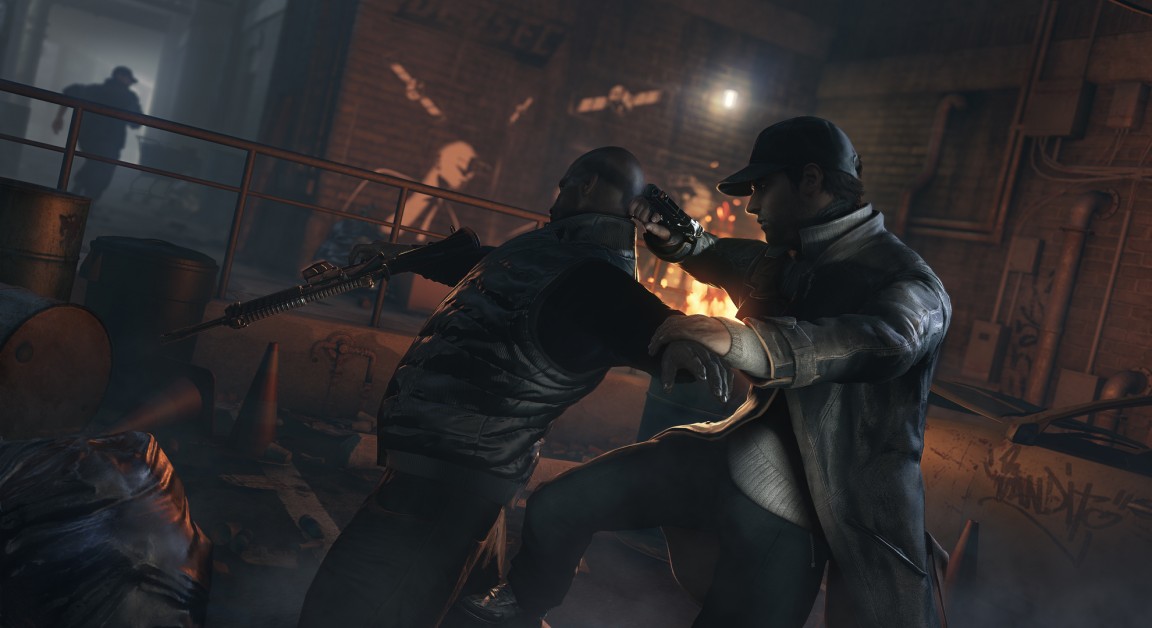Students engaged with other types of media texts outside of school, as well. A small number (13%) of students reported playing forensics-related video games, including nine females and nine males. Females played video games that were marketed for girls, such as the Nancy Drew video games Stay Tuned for Danger and Secrets Can Kill, marketed by Her Interactive, a video game developer whose games are targeted for young women, as well as Detective Barbie and Mystery Cruise.
The girls also played video games that had female characters as problem solvers, such as the Agatha Christie video game Murder on the Orient Express. Girls also, however, played video games of action, adventure, and violence that typically appeal to boys (Agosto, 2004; Sanford and Blair, 2008), such as CS7: Three Dimensions of Murder for Play Station 2, BioShock, and Hitman. Girls' engagement with video games that are created for and marketed to boys may be explained by the finding that as girls play video games that appeal to them, over time they become more interested in exploring other kinds of computer games, including those of action and violence (Kolenko, 2005). Boys played video games with these features, such as Psychic Detective, Resident Evil, Condemned Criminal Origins, and CS7: Three Dimensions of Murder, but unlike the girls, did not cross gender lines in their choices.
Although girls typically do not engage with video games to the extent that boys do (Sanford and Blair, 2008), the appeal of mystery video games to girls was demonstrated during in situ interviews in which I played Murder on the Orient Express with one 16-year-old girl, Gina. Her self-reports and my own experience made evident that one empowering element of these games for girls like Gina is that young women are enabled to identify with the active role of a detective by assuming the voice and actions of a female protagonist to solve the crime. Through a new female character and a list of possible choices in scripts, the player can question Hercule Poirot, the detective in the story, and the suspects; overcome obstacles; and use evidence to determine who committed a murder.
Typically, video games have predominantly male characters and represent females negatively (Dietz, 1998). These young women, however, played mystery and adventure games that represented females as capable problem solvers, thereby departing from typical video games that portray female characters as victims or prizes (Provenzo, 1991).






 Carnage Racing: Interview
Carnage Racing: Interview Resident Evil 6 Guide: Mutated Deborah Boss Guide
Resident Evil 6 Guide: Mutated Deborah Boss Guide Watch Dogs: By Any Means Necessary – Rossi-Fremont, take down Iraq
Watch Dogs: By Any Means Necessary – Rossi-Fremont, take down Iraq Battlefield 2 Tweak Guide
Battlefield 2 Tweak Guide Destiny guide: Venus Dead Ghost locations
Destiny guide: Venus Dead Ghost locations